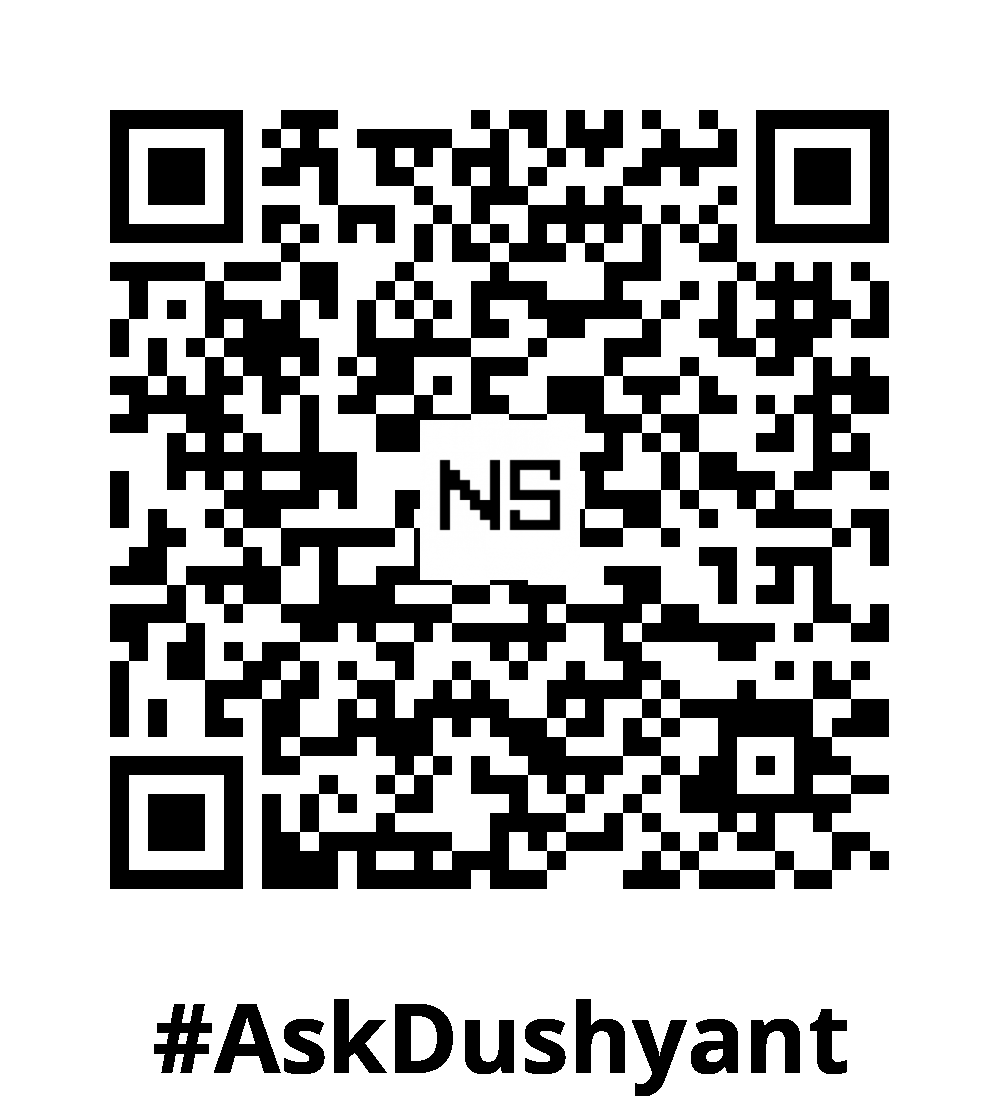Django, renowned as a powerful web framework for Python, can also be harnessed effectively for developing microservices. Let’s explore Django’s capabilities as a microservices framework, dive into its best use cases, provide a sample code snippet, showcase how to deploy Django microservices on the AWS cloud platform, and conclude with a microservice that utilizes rich scientific libraries for AI and machine learning applications. By the end of this article, you’ll gain insights into leveraging Django for microservice development, particularly in scientific domains.
Django as a Microservices Framework
While Django is primarily known as a monolithic web framework, its modular design and flexibility make it suitable for building microservices as well. Django’s components such as its ORM (Object-Relational Mapping) layer, routing, and views, developers can create autonomous and scalable microservices. Django’s robust ecosystem, including packages like Django REST Framework, enables easy integration of API functionality and supports microservice development with RESTful architecture.
Best Use Cases for Django Microservices
Django microservices excel in a variety of use cases, including:
- Data Processing and Analysis: Django’s extensive ORM and integration with scientific libraries like NumPy and Pandas make it an excellent choice for building microservices that handle data processing, analysis, and visualization tasks.
- AI and Machine Learning: Django can serve as the foundation for microservices that leverage Python’s rich AI and machine learning libraries such as TensorFlow, PyTorch, and Scikit-learn. These microservices can power applications like recommendation systems, natural language processing, and computer vision.
- Content Management Systems (CMS): Django’s built-in admin interface, templating engine, and database management capabilities make it well-suited for developing microservices that handle content management, user authentication, and permissions.
Sample Code
To showcase Django’s potential as a microservices framework, consider the following code snippet for a basic Django microservice:
from django.http import JsonResponse
from django.views.decorators.http import require_http_methods
@require_http_methods(["GET"])
def ask_dushyant(request):
data = {
"message": "#Dushyant Say’s, Django is Awesome!"
}
return JsonResponse(data)In this example, we define a simple microservice endpoint called ask_dushyant that responds with a JSON message. Django’s routing and views system make it easy to handle HTTP requests and construct appropriate responses. This code snippet demonstrates the simplicity and efficiency of developing microservices with Django.
Deployment on AWS Cloud Platform
Deploying Django microservices on the AWS cloud platform can be achieved through various methods. One approach is to utilize AWS Elastic Beanstalk, which simplifies the deployment process by handling infrastructure provisioning, load balancing, and scaling automatically. Another option is to containerize the Django microservice using Docker and deploy it on AWS Elastic Container Service (ECS) or Elastic Kubernetes Service (EKS). AWS Lambda also offers serverless deployment options, allowing Python Django microservices to scale on-demand.
My Tech Advice: Django, a versatile web framework for Python, can be effectively used as a microservices framework to enable scalability and facilitate scientific innovation. Its modular design, extensive ecosystem, and integration with scientific libraries make it an excellent choice for developing microservices in scientific domains. The provided code snippet showcases Django’s simplicity in creating microservices with JSON responses. By combining Django’s capabilities with the rich scientific libraries available in Python, developers can unlock the potential of AI and machine learning to drive innovation in various scientific domains.
#AskDushyant
#TechAdvice #MicroServices #Framework #Django


Leave a Reply